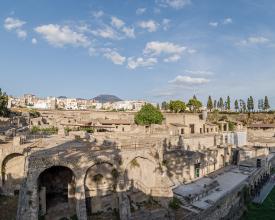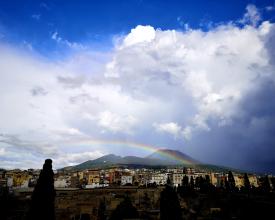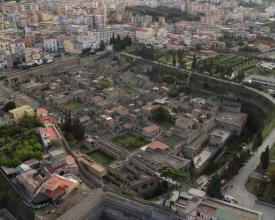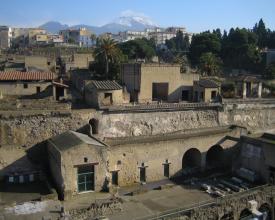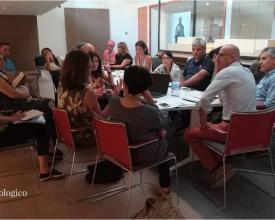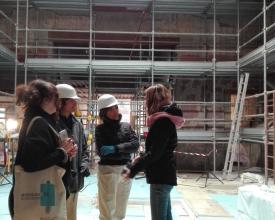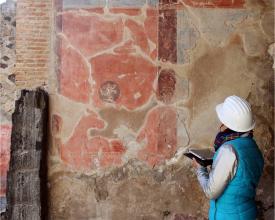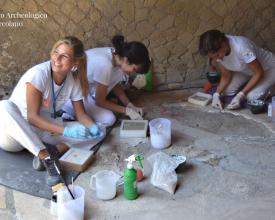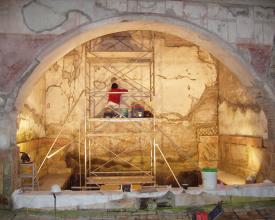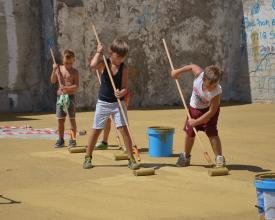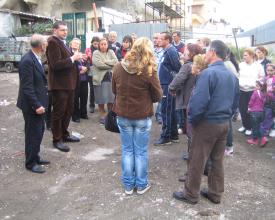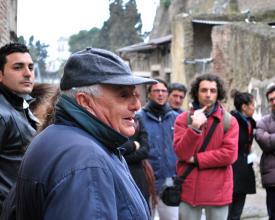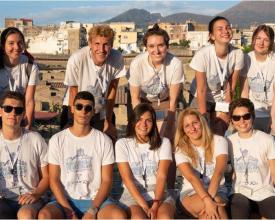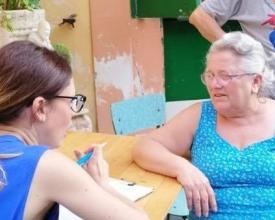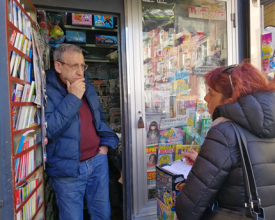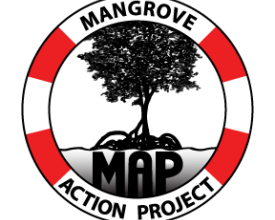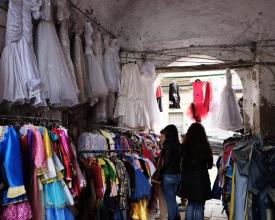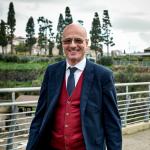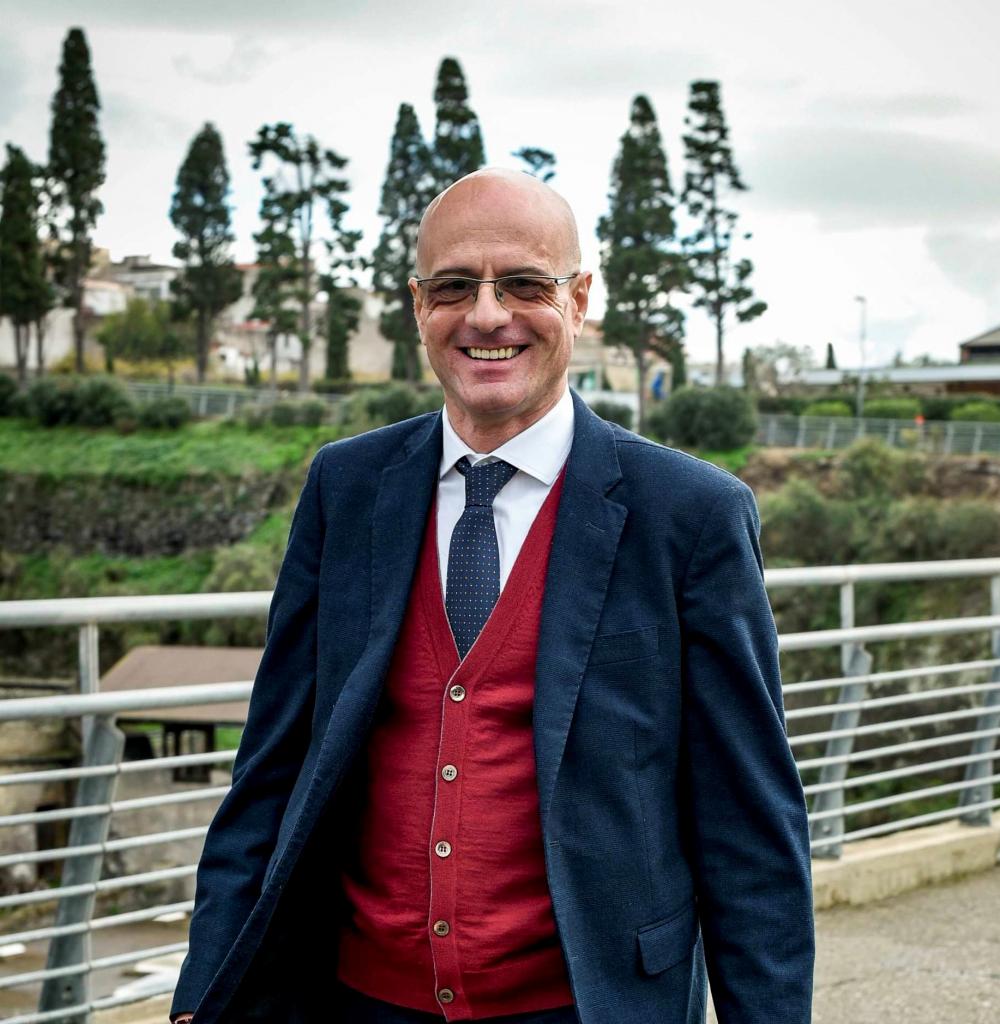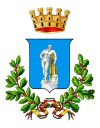
Partnership for the wellbeing of Herculaneum and its communities
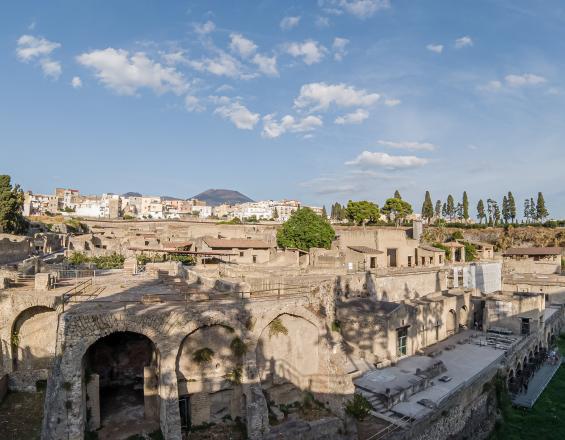
Herculaneum was a Roman town buried by the eruption of Vesuvius in AD 79. It is now a component of the serial World Heritage property “Archaeological Areas of Pompeii, Herculaneum and Torre Annunziata” and lies in the modern coastal town of Ercolano, one of Italy’s most densely populated areas. This solution looks at how a partnership instigated by a philanthropic foundation became a springboard for change and wider cooperation for the benefit of both the site and its communities. Over time this public-private partnership stimulated reforms within the public heritage system. These include the recent creation of a dedicated authority with greater capacity to build support networks in and around Ercolano’s heritage.
With a greatly improved state of conservation, new areas open to the public and a more vibrant role of the site in the life of the modern town, the management experiment and conservation approaches at this site have encouraged similar approaches elsewhere.
Context
Challenges addressed
Cultural/social: Until the 1980s custodians, conservators, maintenance teams, etc. were usually local people and the site had contributed vibrantly to the wellbeing of the local community. By the end of the 20th c. the site was physically and visually cut off from the local community, who were experiencing extreme social disadvantages and rising crime rates. A series of factors, including demands for open tendering in the public sector, accelerated this divorce.
Environmental: The site was in a severe state of decay at the beginning of the 21st c. with two thirds unsafe for public access. Uncontrolled urban growth and a shift to intensive agriculture in the 20th c. had disconnected the site from other natural and cultural heritage within the landscape.
Economic: The site suffered from discontinuity in financial support. The wider area suffered high levels of poverty and periods of ineffective local government. Unemployment rates are an indicator, in recent times at 70% among young people.
Location
Process
Summary of the process
The Herculaneum Conservation Project was initially a flexible public-private model to tackle chronic conservation and management issues. It went on to trial approaches that could be adopted by the public partner in the long term. An operative team permanently on site for two decades has meant that solutions have responded to the specific needs of the heritage place and its stakeholders. Collaboration with local and national actors has seen the archaeological site linked back into the historic and natural landscape, and has enabled participation from the local community, associations, international organizations and other non-heritage actors. A greater emphasis on understanding values and linking elements of the heritage place has created the conditions in which Herculaneum can contribute to sustainable development aspirations, as well as gaining much wider public support for its protection.
BB1 is about creating the conditions for change. BB2 and BB3 are about achieving models of conservation and management that could secure the sustainability of the heritage in the long-term. BB4 is about going a step further and working to enable the dynamic role of heritage in society.
Building Blocks
Effective public-private partnership for heritage
In response to severe decay across the archaeological site, in 2001 a process of change was initiated by a philanthropic foundation, the Packard Humanities Institute. Twenty years on the public-private partnership which emerged, the Herculaneum Conservation Project, continues to conserve and enhance ancient Herculaneum and its relationship to the surrounding area, including the modern city of Ercolano and the wider Vesuvian region. The partners’ activities today unfold within the management system of the dedicated public heritage authority responsible for the site, the Parco Archeologico di Ercolano. The partnership has also benefited from significant collaborations with many other local, national and international stakeholders.
Each partner brings its particular strengths to the initiative: for example, the democratic mandate and long-term commitment of the public authority and the responsiveness and vision of the private partner. A team of Italian specialists from different disciplines and specialist contractors have worked alongside public heritage officers to identify and tackle the problems faced at Herculaneum, reinforcing the existing management system from the inside.
Enabling factors
The public-private partnership found fertile ground to commence thanks to a first phase of management autonomy that the local heritage authority gained from the central Ministry in 1997 which created a more responsive and flexible public partner. Even more significant results have been obtained since a dedicated management authority was created for Herculaneum alone in 2016.
At the heart of improvement at Herculaneum in the 21st c. has been the private partner’s commitment to long-term partnership as the means to achieve enduring change.
Lesson learned
- The public sector can suffer from a lack of intellectual resources, an excess of administrative hurdles and inappropriate distribution of risk and responsibility. The international element of the partnership helped in these areas, also by increasing neutrality and reducing the impact of short-term political agendas.
- In a sector at times closed and self-referential, public-private partnership has been a catalyst for reinforcing and opening up the existing management system to new forms of cooperation with diverse interest groups.
- External support is often judged by the scale of funding when often the time parameter defines effectiveness of multilateral initiatives. Good planning of the use of long-term support can secure solutions capable of surviving long after the lifetime of a partnership.
- Delays in finding a legal framework for the partnership to flourish seemed an obstacle. In reality, the 3-year lead-in time to real action on site proved an advantage in building mutual understanding and dedicating quality time to understanding the needs of the site and the management system.
Sustainable conservation and management approaches for large sites
The nature of Herculaneum’s burial 2000 years ago meant that open-air excavation in the early 20th c. revealed an extraordinary level of preservation of the Roman town but had to be accompanied by the stabilization of these multistorey ruins, and the reinstatement of roads and drainage systems. The site today requires conservation of the archaeological fabric but also of these aging restoration interventions, and at an urban scale.
However, efforts at Herculaneum in the late 20th c. approached the site as a series of individual elements. This was partly due to limited access to interdisciplinary expertise and steady funding sources – sporadic capital funding for one-off localised projects predominated.
With the turn of the millennium, a new approach was taken that mapped conservation issues and interdependencies between them across the entire site, and acted on them. Initial efforts focused on resolving situations in areas at risk of collapse or with vulnerable decorative features. Over time the focus shifted to long-term strategies for reducing the causes of decay and developing site-wide maintenance cycles sustainable by the public authority alone so that the site would not revert back. With these now entirely sustained by the public partner the overarching objective has been achieved.
Enabling factors
Developments in Italian legal frameworks in 2004 allowed the private partner to contract conservation works directly and ‘donate’ concrete results, instead of financial support only. This allowed the partnership to constitute genuine operational enhancement of the existing management system.
Further legal reforms for cultural heritage in the period 2014-2016 then enhanced the public partners’ flexibility and responsiveness to the site’s needs.
Lesson learned
- Interdisciplinary analysis and decision-making for large heritage sites can be enhanced through the use of user-led data management tools. Integrating interdisciplinary IT tools in conservation planning, implementation and monitoring was crucial to greater effectiveness in the use of limited resources; human, financial and intellectual.
- The long timeframes available for the partnership and the year-round presence of an interdisciplinary team allowed the development of a comprehensive and nuanced understanding of the site’s needs, and extensive testing of long-term strategies to address them, before handing over maintenance regimes to the public heritage authority.
- Extensive and problematic 20th c. restoration interventions are a challenge faced by a lot of built heritage where more knowledge sharing is desirable.
- The Covid-19 pandemic has exposed the financial vulnerability of the institutional model in the absence of ticketing income and uncertainties regarding the capacity of the public partner to sustain the improvements to site conservation and maintenance in the long term.
Heritage as a shared responsibility
As the public-private partnership improved approaches to conservation, it became clear that the challenges being faced on site were affected by its wider context. It was vital to recognise the Vesuvian area and wider socio-economic dynamics, as a source of opportunities, not threats, that could reinforce site management. Heritage was increasingly viewed as a shared responsibility.
A key initiative was the Herculaneum Centre, a non-profit association founded by the heritage authority, the municipality and a research institute to consolidate a network of local, national and international partners. For 5 years, it implemented an activity programme focused on stimulating new types of involvement in Ercolano’s heritage. The capacity to work with others was enhanced within institutions and civil society through research networks, community projects and a variety of learning environments.
The trust of local partners created conditions, unimaginable ten years earlier, for the regeneration of a difficult urban district adjacent to the archaeological site known as Via Mare.
With the Centre’s programme completed, this tradition of cooperation has been taken forward by Herculaneum’s new heritage authority, supported by the Packard foundation and other partners.
Enabling factors
Many initiatives, including the Centre and Via Mare, built upon the early efforts of team members of the Herculaneum Conservation Project. Positive results from linking up with ongoing local initiatives and building bridges between realities operating separately began to shape long-term strategies for management of the site and the setting.
From 2004 onwards, a series of reforms in Italian legislation have created more opportunities for traditionally rigid and closed public heritage authorities to work effectively with others.
Lesson learned
-
The creation of an initial partnership acted as a catalyst for many more, ending up in an extensive and self-sustaining network. In Ercolano, some of the vibrant panorama of local associations and cooperatives created in the past two decades can be directly linked to the 5 intensive years of the Herculaneum Centre, and initiatives since to consolidate that progress. The emphasis on new forms of interaction at heritage places continues to be vital.
-
Reaching outside of the site resulted in greater benefits for Herculaneum in terms of political and social support for its conservation, additional resources and inclusion in strategic programming.
-
A public heritage institution must have in its mandate the concept of ‘working with others’ even if this is not yet captured in legislative and institutional frameworks. A public heritage institution genuinely carries out its purpose by empowering contributions from – and benefits to – a wider network of local, national and international actors.
Creating the conditions for values-based and participatory management that supports sustainable development
In recent times, a participatory research programme led by the private partner has been working towards allowing the new heritage authority to promote a genuine values-based and participatory heritage management. Understanding heritage in terms of who assigns just what importance can inform site conservation and improve the management of change in the wider landscape. Diverse perceptions of, and relationships with, the World Heritage property and other heritage have been mapped, and this has allowed previously neglected connections and interdependencies to emerge.
The initiative also works to identify capacity within civil society, institutions and among local heritage specialists to contribute to heritage agendas and so steps beyond classic cultural mapping to understand what triggers positive change in a broad local network.
The first tangible results emerging are geo-referenced tools aimed at improving decision-making regarding change and continuity and harnessing local capacities in the process. The overarching aim is that of capturing the full potential of heritage’s contribution to sustainable development in this difficult and complex area.
Enabling factors
This work is possible thanks to taking people-centred approaches to Herculaneum at multiple levels for site activities and management over a long period of time. This includes involving multiple stakeholders in the identification of heritage values, which are then the basis for understanding links between heritage within a wider landscape. It has also included giving Herculaneum a role in supporting local sustainable development aspirations in a way that bring benefits to both the local community and the heritage itself.
Lesson learned
- The specific challenges of the Vesuvian area had already led the team intuitively to consider the success of site management in social, economic and environmental terms, but it became increasingly important that sustainability measures needed to go beyond the confines of the site.
- Viewing Herculaneum within a wider network of people and places has allowed the foundations to be laid for longer-term plans for both conservation and sustainable development.
- For the outcomes of ambitious participatory initiatives to be relevant, and maintain their relevance over time, it is important to foresee a long lead-in time to allow relationships of trust to be established, a precondition for any success in this sphere.
- It will take a ten- to twenty-year timeframe to understand whether the investment underway in tools, research, knowledge management/sharing, and network building is successful in ensuring heritage a more dynamic role in sustainable development and harnessing the benefits for local communities and other stakeholders, as well as new forms of support for the heritage.
Impacts
Social: Heritage-related initiatives have played a key role in building social inclusion and reinforcing local capacities, such as the role of local community actors in urban regeneration near the site. The opening up of the heritage management system has helped (re)build consensus and pride within civil society regarding their World Heritage but also other local heritage assets, with new forms of democratic consensus emerging, the case of the historic Pugliano market.
Economic: The success of the public-private partnership prompted the creation of a dedicated public heritage authority, moving decision making nearer to the problems. This enabled direct control over ticket income and a free reign over new forms of partnership. Changes in mindsets of key actors led to increases in funding and diversification of sources for site management. Activities are also leaving a lasting legacy beyond the site, such as a more qualified workforce, new areas of expertise and entrepreneurship.
Environmental: The decay that led to two thirds of the site being closed has been addressed, a direct consequence of a more comprehensive participatory management approach which included the setting. Abandoned agricultural and urban areas around the site have been reclaimed. Strategic management draws increasingly on interdependencies with the wider natural and cultural landscape.
Beneficiaries
The main beneficiaries are the public heritage authority responsible for Herculaneum, local government and the communities living and working around the site. A wider network of interested parties, from scholars to visitors, have also benefitted.

